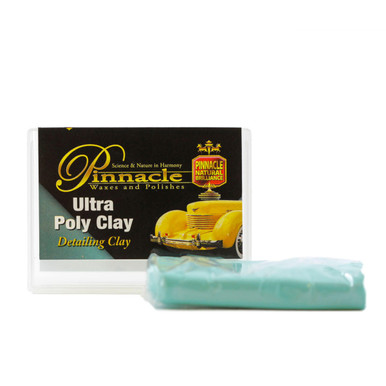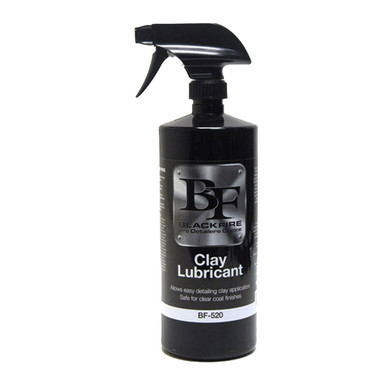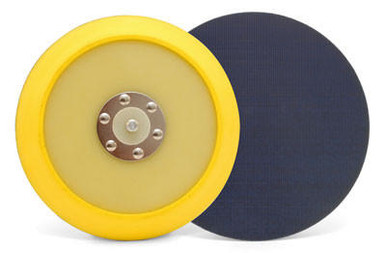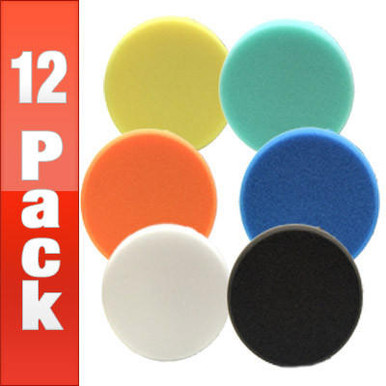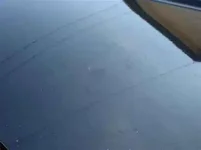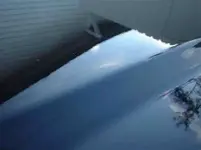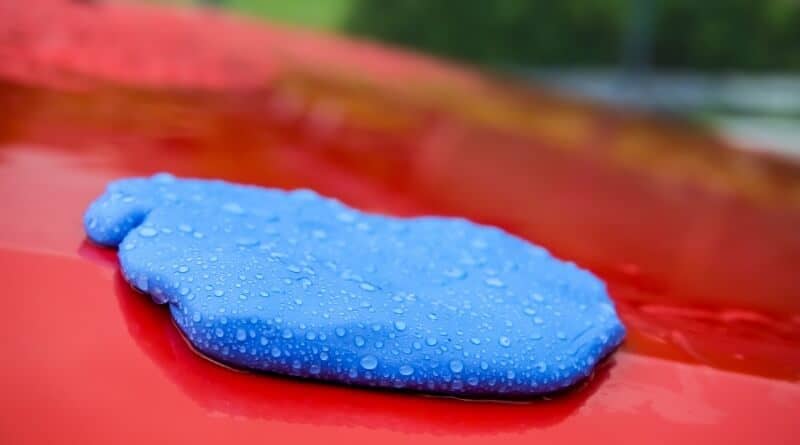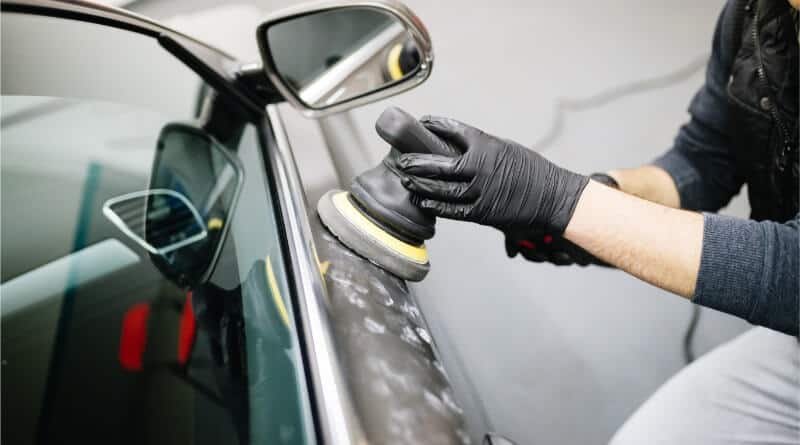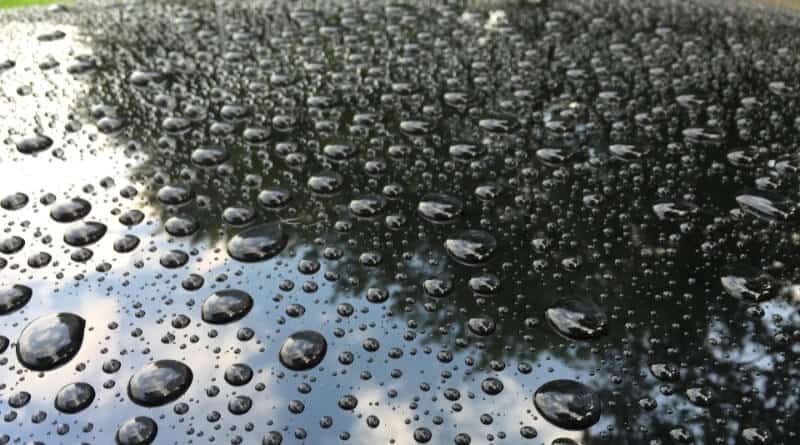Sure. The method described earlier. Might not need a repainting at all. But the only way to verify this is for a proper polishing of the paint surface.
An effective polishing can be done DIY by a dual-action polishing machine, with appropriate pads and chemicals. A shop will almost certainly use a rotary with more-aggressive pads and chemicals, which can be quicker but runs the risk of "burning" the paint if not done by a quite-competent person. It's hard to foul up using a DA polisher with your own pads and chemicals.
Before acquiring all that stuff, it might be worth purchasing a small bottle of a moderately-aggressive polishing chemical and a handful of those foam applicator pads. You can do a small section by hand. (After a decent wash and clay bar, of course.) Scrub, scrub, scrub. See how much of the hazing, oxidation, minor scratches and swirls you can remove. That's basically what you'd find if you went with the machine+pads+chemicals and did the whole car. There are pads and chemicals that get quite aggressive, and ones that are so mild that they just add gloss.
The sequence of polishing is, basically, to use the least-aggressive polishing pad+chemical in order to get the worst of the swirls, scratches and hazing removed. It'll almost certainly add countless less-obvious minor scratches, but most of the major defects should disappear. (Assuming you've got sufficient depth of clear coat to remove, and assuming you've used a sufficiently-aggressive pad+chemical choice.)
Do a few sequences of a less-aggressive pad+chemical, then a less-aggressive one still, until you eventually polish out all minor defects and are left with a truly great-looking paint surface. At which point, you might do a final "finishing" polish. At THAT point, it's as good-looking as it'll ever get. Then, and only then, you can seal in those good looks with a "wax" (polymer, ceramic, carnauba wax, whatever).
Quite likely, that'll work and will be about your only option for avoiding a repaint to remove such defects.
MANY car paints need polishing in order to rectify relatively minor, early hazing, oxidation and fading of the surface portions of the clear coat. If caught early, and if you then keep up with protection of that paint (via effective and frequent layers of sealant), you won't be re-polishing anytime soon since that protective layer will take the brunt of the damage of living life in the outdoors (as paint does).
Won't know until that's tried as to whether it'll be sufficient. But, even if you purchase a dual-action polisher, pads, chemicals and then spend a couple of days doing the polishing sufficiently well, it won't amount to anywhere near the cost of repainting. It's absolutely a worthy first-shot.
If interested in doing it yourself, possibly consider giving the customer service desk at AutoGeek a call. They've got lots of products that can help, including polisher options, various pads, various chemicals, and tips. They can get you headed in the right direction, if considering a DIY attempt.
Autogeek is your number one car care source for auto detailing supplies, the best car wax, car care products, car polishes, auto accessories, polishers, and car detailing tools store.

www.autogeek.net
Or, look for a Meguiar's shop near you, if you have one. They can also make suggestions that'll help you understand how to accomplish a DIY polishing. It's easily done. Just requires a few products, some patience, and a couple days. It's astonishing how different a "hazed & ozidized" paint surface can end up, once effectively polished.
An example: polishing a gloss-black 1984 Ford Mustang that had lived a hard life and had never had a polishing and almost never had a "wax." Took about 8hrs to correct, and that was quick-and-dirty. But the result was night and day, if not perfect. Made all the difference on resale of that car a couple of months later.

